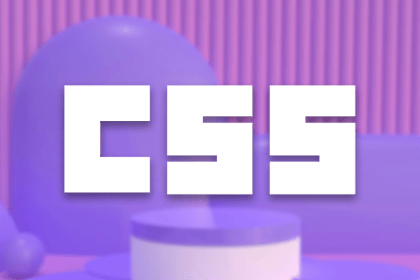
A breakdown of the wrapper and container CSS classes, how they’re used in real-world code, and when it makes sense to use one over the other.

This guide walks you through creating a web UI for an AI agent that browses, clicks, and extracts info from websites powered by Stagehand and Gemini.

This guide explores how to use Anthropic’s Claude 4 models, including Opus 4 and Sonnet 4, to build AI-powered applications.

Which AI frontend dev tool reigns supreme in July 2025? Check out our power rankings and use our interactive comparison tool to find out.
2 Replies to "Positioning a tooltip in React using Tippy"
Thank you for this article. small remark: could you replace HTML in article for more familiar: JSX or a tree of React elements
What’s accessibility like with this? Will an on-screen reader trigger the tooltip nicely?